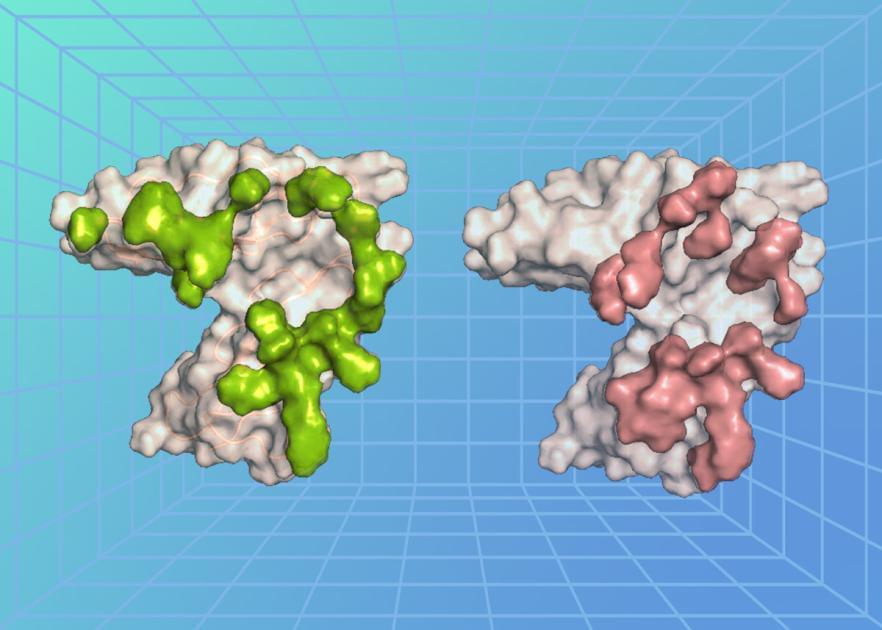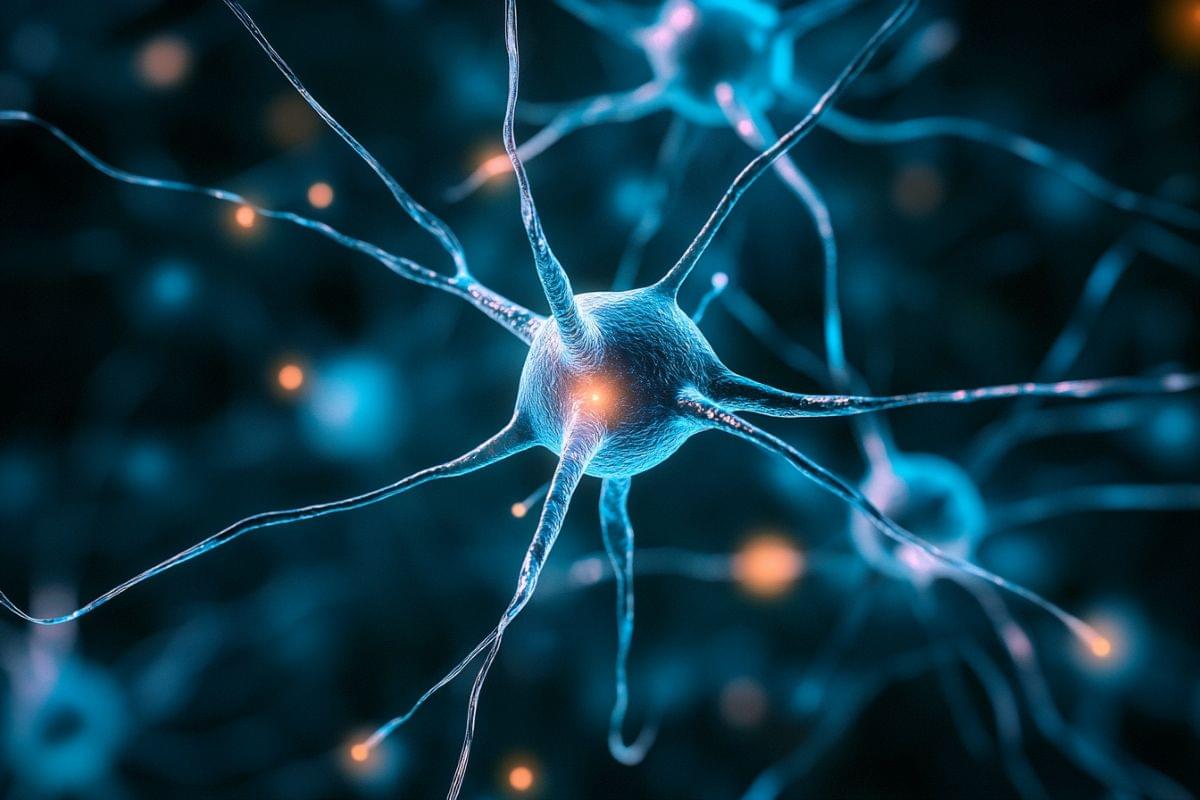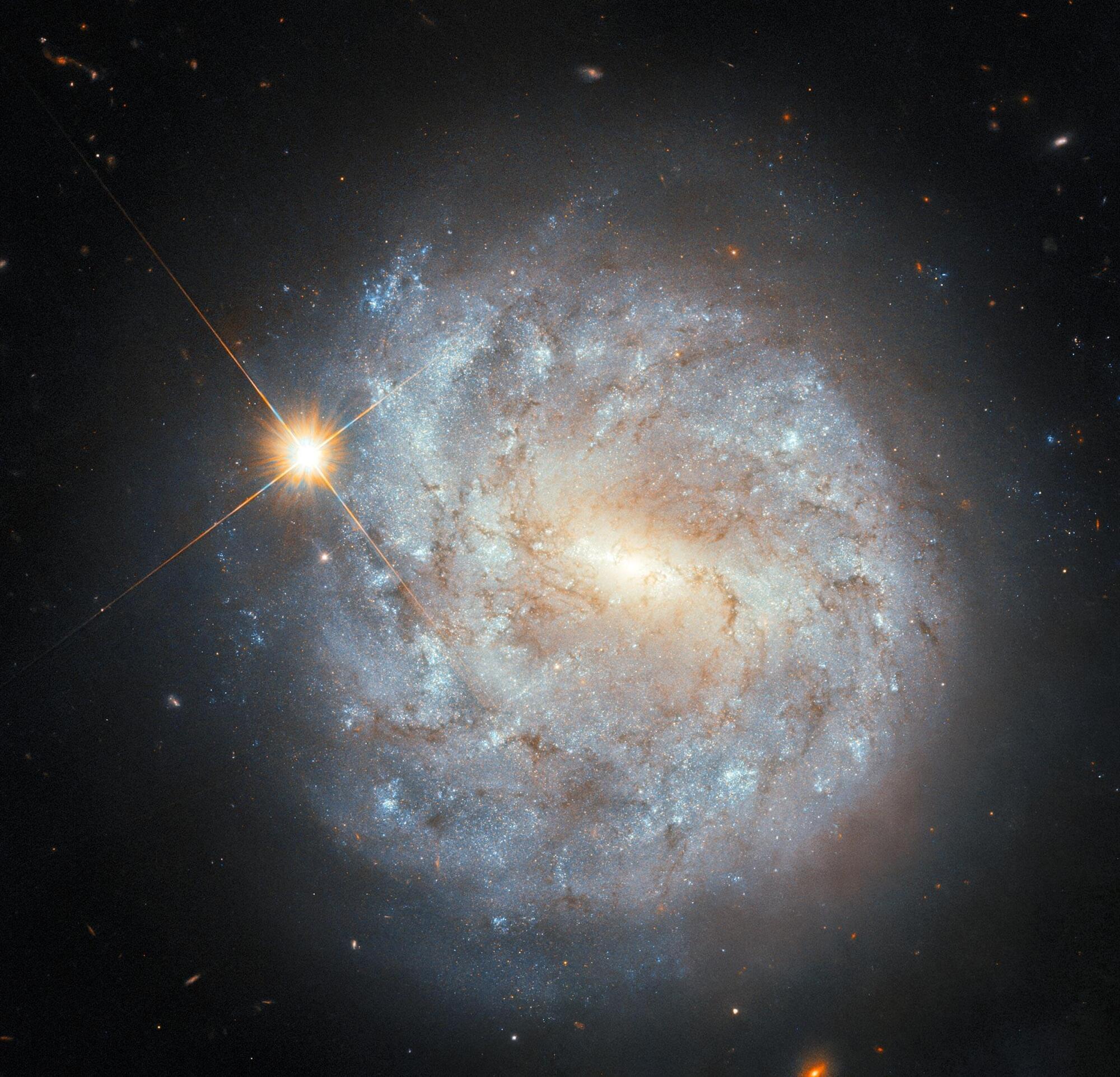Biofuel startups and technology grew massively in the 2000s and then failed in great numbers. Why is this renewable fuel making a comeback now?




Epstein-Barr virus (EBV) is a common virus that causes mononucleosis, or mono for short, and is associated with some types of cancer and autoimmune diseases. Despite EBV’s known effects and potential to cause disease, there are few therapeutic options and no licensed vaccines targeting the virus. Looking for ways to counter EBV, NIAID researchers are examining how the virus recognizes and interacts with cells at the molecular level. New research published in Immunity reveals the high-resolution crystal structure of a protein on the surface of EBV in complex with the receptor it binds to on the surface of human immune cells, called B cells. The researchers also discovered antibodies that potently neutralize EBV and found that they recognize the viral surface protein using interactions similar to those between EBV and its receptor on host cells. This research identifies a vulnerable site on EBV that could lead to the design of much-needed interventions against the virus.
EBV, also known as human herpesvirus 4, is one of the most common human viruses—nine out of ten people have or will have EBV in their lifetime. After being infected with EBV, many people experience no symptoms, but some experience symptoms of mononucleosis, such as fever, sore throat and fatigue. These symptoms are often mild but can be more severe in teens or adults. After the early stages of infection, the virus hides in the body and can emerge later in life or when the immune system is weakened. Recent studies have also found that EBV is linked to several types of cancer, autoimmune diseases including lupus, and other disorders.
A key step in EBV infection is for the virus to enter a cell in the body, which begins with the virus binding to a protein on the cell’s surface. The researchers, led by Dr. Masaru Kanekiyo, chief of the Molecular Immunoengineering Section at NIAID’s Vaccine Research Center, examined the atomic-level structure of an EBV surface protein called gp350 when bound to a protein on the surface of B cells called complement receptor type 2 (CR2). Usually, CR2 binds to a protein fragment, or ligand, called complement component C3d as a part of the immune response following a viral infection. The researchers found that the EBV protein precisely bound to the cell surface protein CR2 at the region where its natural ligand C3d binds, revealing that there is structural similarity between EBV and C3d in recognizing CR2 and how the virus exploits this interaction to enter and infect a cell.

Crewless tanks.
As the newest generation platform within the RIPSAW family of vehicles, the M3 inherits the proven functionality and reliability of its predecessor in a more modular, mission-capable system, enhancing both soldier safety and mission success, according to the company.
The vehicle incorporates the familiar large, open deck area from the RIPSAW M5 robotic vehicle, and 10kW of offload power provides the flexibility to support multiple lethality, RSTA, combat engineering, and logistics payloads. With a powerful hybrid electric drivetrain and novel suspension, the RIPSAW M3 provides unmatched mobility with over 180 miles of range.
The company has completed over 2,500 miles of pre-delivery durability testing and refinement to ensure a rugged, reliable platform.

Getting seven experiments on the International Space Station requires a really good idea. Like a brand new way to attack tumors—one that you can only make in space.
Space has unique advantages for making medicines. Its very low gravity makes it possible to grow molecules in shapes and uniformity that are difficult to create on Earth. If they can be reliably and affordably produced, such molecules could have all kinds of novel uses in industry and medicine.
University of Connecticut engineer Yupeng Chen has been growing one such unusually rod-shaped nanoparticle, called a Janus base nanotube, on the International Space Station (ISS).

Summary: New research highlights a critical link between antibodies produced against Epstein-Barr virus (EBV) and the development of multiple sclerosis (MS). Scientists discovered that these viral antibodies mistakenly target a protein called GlialCAM in the brain, triggering autoimmune responses associated with MS.
The study also revealed how combinations of genetic risk factors and elevated viral antibodies further increase the risk of developing MS. These insights may pave the way for improved diagnostics and targeted therapies, enhancing our understanding of the genetic and immunological interplay underlying this debilitating disease.


A stunning Hubble image showcases a spiral galaxy seemingly intertwined with a nearby star—but looks can be deceiving!
This new Hubble Space Telescope.
The Hubble Space Telescope (often referred to as Hubble or HST) is one of NASA’s Great Observatories and was launched into low Earth orbit in 1990. It is one of the largest and most versatile space telescopes in use and features a 2.4-meter mirror and four main instruments that observe in the ultraviolet, visible, and near-infrared regions of the electromagnetic spectrum. It was named after astronomer Edwin Hubble.

Is NASA still Moonbound, or will the next giant leap mean skipping straight to Mars?
Speculation is mounting that the Trump administration may scale back or cancel NASA’s Artemis missions following the departure of a key official and Boeing’s plans to lay off hundreds of employees working on its lunar rocket.
Late Wednesday, NASA abruptly announced the retirement of longtime associate administrator Jim Free, effective Saturday.
ServiceNow, which provides businesses with outsourced IT and customer service support as well as other digital services, said it was buying the business process automation company Moveworks for $2.85 billion in cash and stock. The Santa Clara, California-based ServiceNow framed the acquisition around the burgeoning market for AI agents that can perform digital tasks for people, often involving the use of other software.
The company is among a clutch of competing software giants, including Salesforce, Microsoft, and Alphabet’s Google, that are building platforms that enable companies to automate work with AI agents. ServiceNow said the purchase would allow it to combine its own agentic AI and automation capabilities with Moveworks’ AI assistant, as well as Movework’s prowess in providing AI-based search tools that allow organizations to find information within their own large data pools.
Gina Mastantuono, ServiceNow’s president and chief financial officer, told Fortune that while ServiceNow’s AI agents primarily automate specific back-end tasks, Moveworks had built an elegant front-end AI assistant that can perform a wide range of different tasks.
The same interface works for both people requesting a task to be fulfilled and for the people who are normally responsible for fulfilling those requests. More than 90% of the customers that use Moveworks’ AI assistant have rolled it out to their entire workforce—a reach into the employee base that Mastantuono said was attractive to ServiceNow.
The combined companies would be able to build what ServiceNow said would be a powerful universal AI assistant, along with more perceptive AI-based enterprise search to find answers to requests, automate and complete everyday tasks, and increase productivity.
(https://open.substack.com/pub/remunerationlabs/p/servicenow-…hare=true)